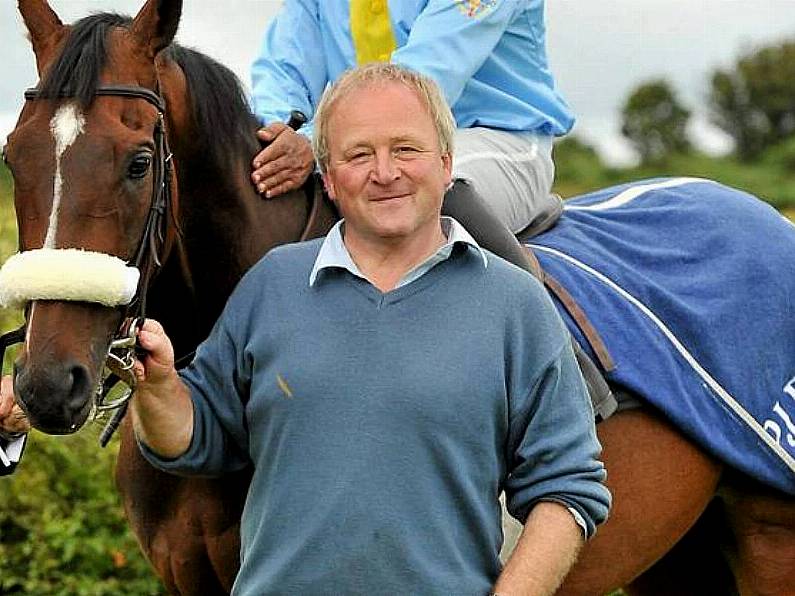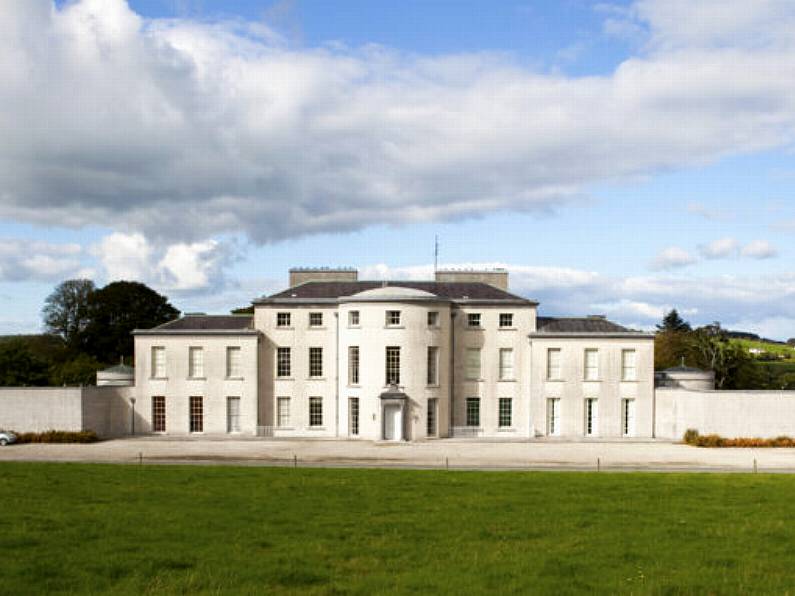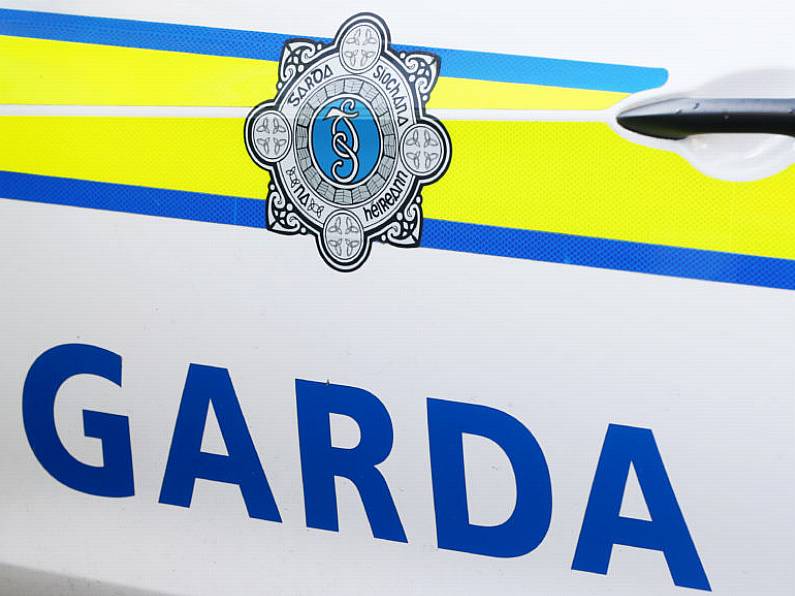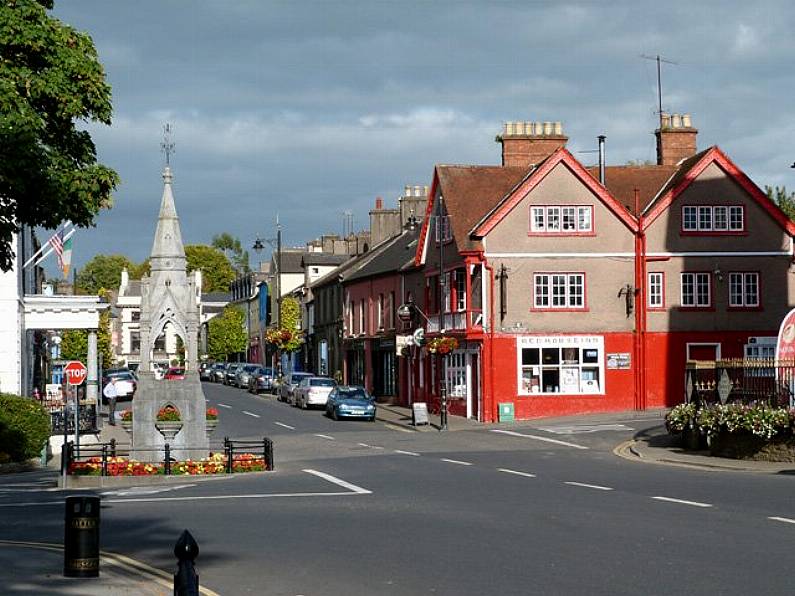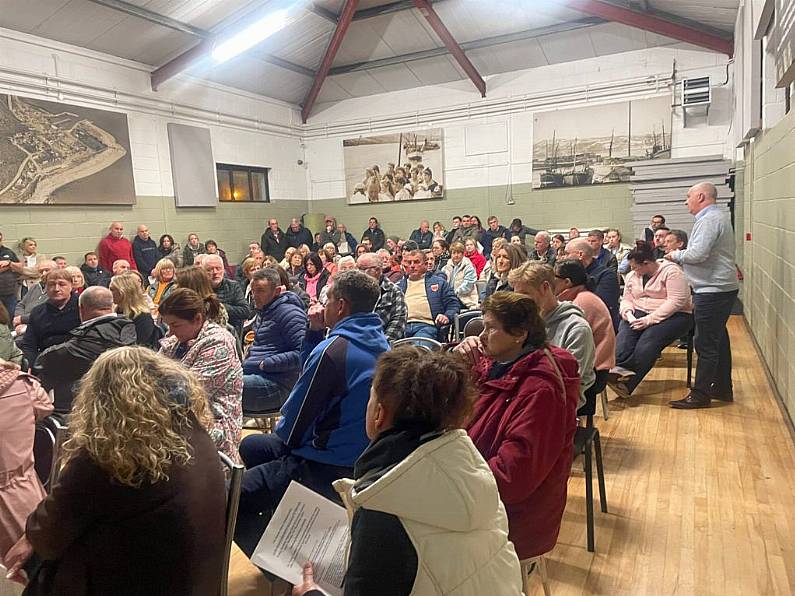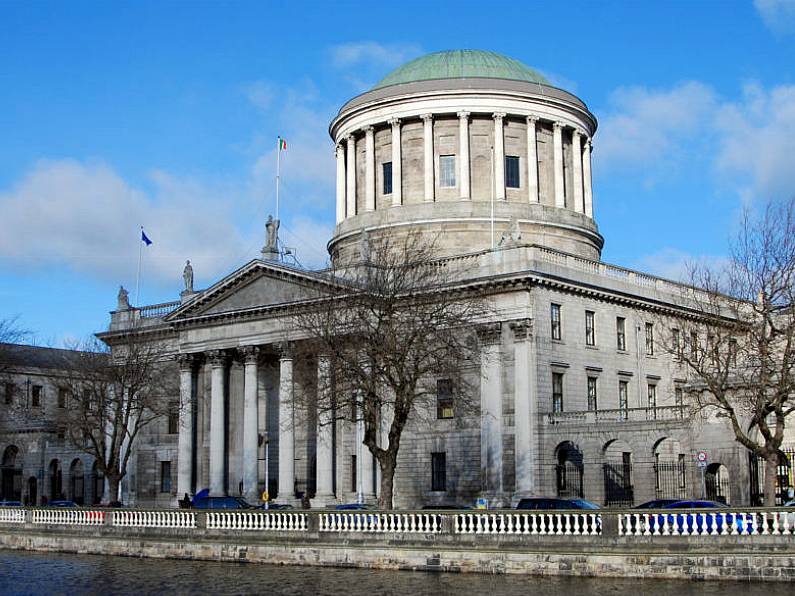1,800 more gardaí are to be deployed to the frontline by 2021 as part of radical changes to the way the force operates.
The gardaí announced restructuring plans today which detail improvements to its structures, processes, services and governance.
Under the proposals, 1,500 additional members are being recruited, while 1,000 existing officers are to be reassigned to frontline duties.
Taking retirements into account, this will mean 1,800 more on frontline duties.
Under the new model, decision making for policing delivery will be devolved from the centre to the regions and divisions.
The number of garda divisions is being reduced from 28 to 19, while the number of regions will go from 6 to 4, in what the force is promising will lead to more localised, meaningful services in communities.
Under the plans Waterford will be joined by Kilkenny and Carlow, a move likely to prove controversial in the region.
A Division will be typically made up of around 600 to 800 personnel.


These "mini police forces" will be created on a phased basis and be implemented throughout 2020.
The model has been recommended by the Commission on the Future of Policing in Ireland and the Garda Inspectorate.
Commissioner Drew Harris said: "These improvements will allow us to increase the number of gardaí at the front-line and enhance community policing.
"Reduced bureaucracy and ICT initiatives combined with an increase in garda members and garda staff will increase Garda visibility in communities.
"It will mean gardaí at all ranks will have more time to engage with local communities and stakeholders to help keep people safe.
"These changes will deliver a more visible, localised and responsive policing service. What won’t change though is the strong connection we have with local communities.”
The Policing Authority welcomes today’s launch, calling the new model "the most significant structural change in the Garda Síochána since its inception".
"The Authority welcomes the new model because it represents a clear expression of a vision and direction for the organisation, grounded in the context of its mission, for which the Authority has consistently called," a spokesperson said.
"The reduction in the number of regions and divisions aims to deliver a more visible and responsive policing service.
"The revised structures outlined today have the potential to release Garda members back to front-line duties and to reduce duplication, bureaucracy and back-office support costs.
The Garda Inspectorate also welcomed the announcement of the new model, with Chief Inspector Mark Toland saying: "Rationalising the number of divisions will create significant benefits including an increase in the number of front line resources and a more responsive and consistent approach to the delivery of policing services.
"It provides an opportunity to reduce the number of people working in back office support functions as well as reducing management and administrative overheads".
This functional model has long been recommended by independent policing specialists, including the Garda Síochána Inspectorate and in the Report of the Commission on the Future of Policing in Ireland.
"It is a key Government commitment in the Garda reform programme and I am glad to see the Commissioner moving to implementation. In delivering on this commitment, the Commissioner has listened carefully to those experts and, crucially, to the voices of local communities who consistently make clear they want to see more Gardaí available on the ground.
"While new to Ireland, this model is the norm in other countries and I am confident that the new structure will serve Ireland well and lead to a more agile and responsive police service improving safety for our local communities nationwide.”





